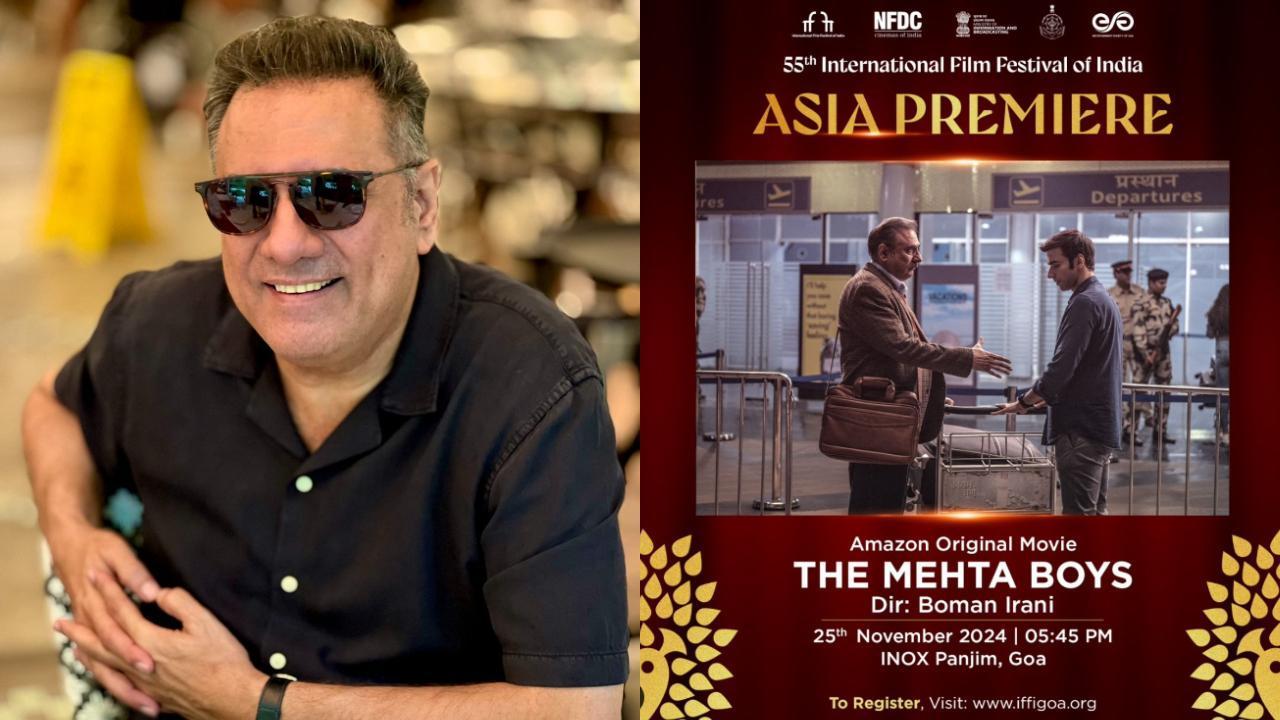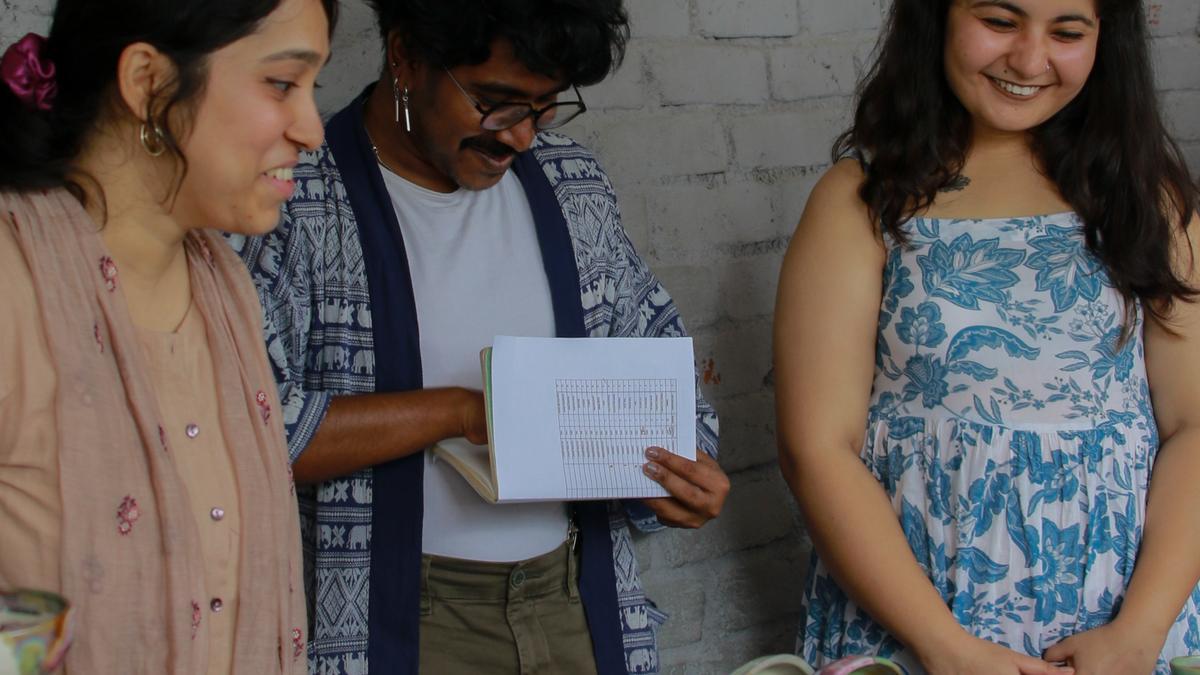
The cultural tapestry of India has once again been illuminated by its rich musical heritage, this time at the 10th Ritachhanda Festival recently hosted in Kolkata. The festival took pride in showcasing ‘Amrit Yatra,’ directed by none other than Kalamandalam Piyal Bhattacharya, a luminary recognized by the Sangeet Natak Akademi for his indelible contributions to Indian performing arts.
Educated in the classical dance form of Kathakali at Kerala Kalamandalam, Bhattacharya has distinguished himself not simply as a performer but as a research-scholar, meticulously reconstructing ancient Indian dance and music traditions as outlined in the revered Natyasastra. His ‘Amrit Yatra’ presentation took the audience on an unparalleled auditory odyssey, drawing from a rich palette of archaic Indian instruments to paint a soundscape spanning centuries.
Bhattacharya, proficient in playing the Dardur, is more than just a performer; he is an academic sentinel safeguarding the sonic purity of India’s hallowed musical past. During a revealing discourse, he elaborated on his extensive research into India’s bygone instrumental trove, emphasizing the role of the Ghosha Veena—a one-string zither vital for rasa-nishpatti or the attainment of an aesthetic experience. This instrument, though vanished from current practice, resonates through time, immortalized in iconic Bengal sculptures of the deity Saraswati mounted on a mesha, depicting its foundational importance in the evolution of stringed instruments.
Bhattacharya discussed the rediscovery of another one-string instrument, the Alapini Veena, also known as Alavu or Tuhila. This elusive veena found its custodian in Lalu Shankar Mahali, a tribal musician from Jharkhand, and Chhannulal Singh from Orissa, both of whom have preserved its unique playing techniques.
Leading the ensemble through the festival was Sayak Mitra, Bhattacharya’s disciple, whose vocal prowess was matched only by his mastery over multiple veenas. Giving insights into his learning journey, Mitra revealed the intuitive tuning methods of Mahali, who aligns the Tuhila with nature’s own symphony, and Singh’s nuanced application of gamaks or ornamental notes.
The performance showcased diverse instruments like the Mattakokila veena, a 21-string harp graced by Shubhendu, under the guidance of U Win Maung of Myanmar, where the instrument is revered as a national treasure. The ensemble’s repertoire included Sapta-Kapalgeeti, an ancient assemblage of seven divine hymns rooted in Kaapaalik tradition, sung in the mystic Shiva-stuti, a history dating back centuries to the spiritual practices in the region of Uddiyan Pradesh, now part of modern-day Kazakhstan.
Curating a tailored presentation, Bhattacharya meticulously selected a subset of Kapaalgeetis aligning with the Maagadhi Geetis, to underscore the intricate textures and depth of this historic oral tradition. The Asarita Vardhaman Geeti followed, showcasing the scope for structural and musical drama in the ceremonious Purvaranga performances adhering to the classic Bharata Muni’s principles. The audience was then introduced to Panika Giti that emphasized the Dhruva principle within lyrical composition.
In a nod to the medieval polymath Jaidev, the performance culminated in ‘Dashavatar’ from Gita Govind, a celebration of lyrical and musical evolution that reverberates throughout Indian classical music history. The intricate play of ‘gat,’ ‘bandish,’ and ‘taarparan’ carried the narrative further, illustrating the improvisational heights achieved within the classical music sphere.
The ensemble from Chidakash Kalalay, founded by Bhattacharya, was diligent in their pursuit of excellence, with short vocal and instrumental pieces in raag Chadrakauns by Sheuli Chakraborty, Abhijit Ray, and Mitra, painting an acoustic landscape reflective of India’s monsoon essence. Souravbrata Chakraborty’s rendition of Raag Vasant on the Surbahar filled the venue with spring’s resplendent aura.
This memorable event served as a testament to not only the continuity of India’s musical heritage but also to its fluidity, absorbing the influence of external cultures and yet retaining its distinctive ethos. The 10th Ritachhanda Festival, therefore, didn’t just enthrall its audience but enriched their understanding of the musical legacy that forms the substratum of India’s enduring artistic identity.










